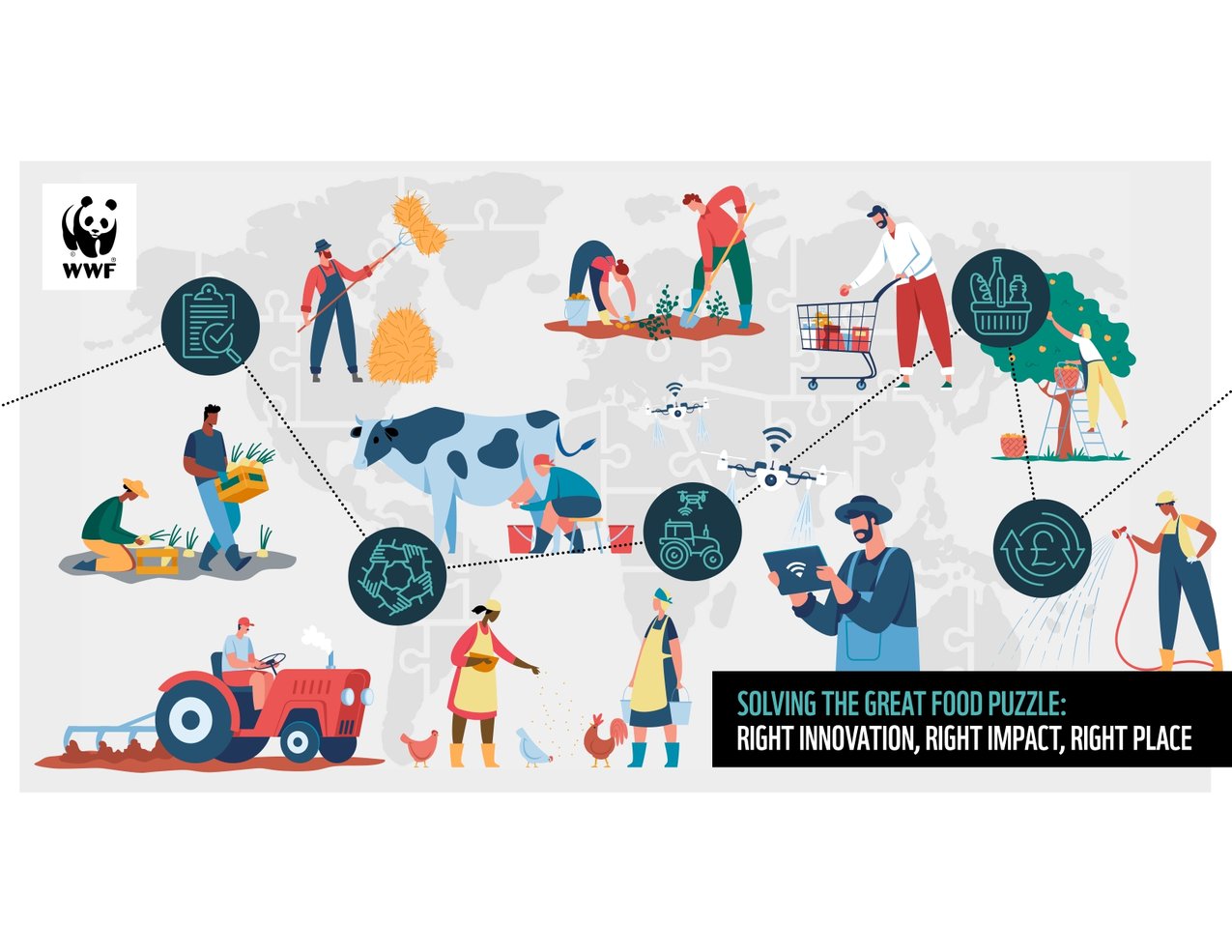Resource Library
Feature Resource:

Youth Initiatives for Scaling Soil Health: Advice from #Youth4Soil Global Advocates
The Coalition of Action 4 Soil Health (CA4SH) is a multistakeholder partnership committed to scaling soil health, globally. CA4SH places a high degree of importance on the role of youth as innovators and experts toward scaling global soil health. Youth are engaged through the #Youth4Soil movement, which includes a working group, mentorship opportunities, and support for speaking and engagement. We also want to highlight youth approaches to advocating for global soil health.
In April 2024, Roël D. Houdanon, Founder & Chief Technical Advisor, Land and Health Association shared an op-ed highlighting the role of youth in defending soil health. He presented several avenues for youth to get involved in scaling soil health:
Awareness Raising
Innovation & Technology
Policy Advocacy
Community Engagement
Education
Science & Research
We reached out to youth partners to learn about their individual approaches to scaling soil health through these thematic action areas.
These are their responses.

Food Systems Call to Action: A shared vision for transformation and urgent action
At COP 28, a diverse and powerful group of nonState actors6 came together to launch the Food Systems Call to Action for Transforming Food Systems for People, Nature and Climate (Food Systems CtA). Representing farmers and frontline communities, businesses, philanthropies, cities, consumers and many others, this broad coalition delivered a strong message to assembled world leaders and the global community gathered for the 28th Conference of Parties (COP 28) to the United Nations Framework Convention on Climate Change (UNFCCC) that all actors must take urgent action to transform food systems to deliver positive outcomes for people, nature and climate.
Developed through a consultative process in 2023, the Food Systems CtA is a 2-page text, available in 7 languages, that highlights 10 priority actions and 4 principles intended to unlock the transformative potential of food systems. It centres on the need to support farmers and other frontline food systems actors, with a particular focus on women and youth, as well as vulnerable communities. Incorporating feedback from hundreds of individuals and entities, the final text was published on the High-Level Champions website along with an endorsement process. This process includes the submission of a Statement of Action for endorsers to emphasise additional priority points and detail the actions they are taking that align with the CtA, promoting transparency and accountability. The full list of current endorsers is available on the High-Level Champions website. The Food Systems CtA will remain open for endorsement by non-State actors until COP 30 in Belem.

Soil Health Industry Platform: Report and Priority Actions for 2024
The Sustainable Soils Alliance (SSA) has been tracking the food industry’s progress in regards to regenerative agriculture and soil health initiatives via its Soil Health Industry Platform (SHIP). The 2023 SHIP report highlights our key Observations, soil-related Business Initiatives and based on our analysis we’ve recommended six Priority Actions to take forward in 2024.

Healthy soils sustain foodsystem transformationsto contribute to the net zeroCO2emission target by 2050
Food system transformation is needed for "safeguarding food security and ending hunger, and the particular vulnerabilities of food production systems to adverse impact of climate change".
Read the full policy brief from 4p1000, CIRAD, and IRD

Food Forward NDCs: Guidance to enhance NDC ambition and implementation for agriculture and food systems transformation
FOOD FORWARD NDCs is a simple, interactive, web-based tool that presents users with tangible, evidence-backed policy options and measures, and available literature for transitioning to nature-positive, healthy, and resilient food systems through NDCs. The available policy options can be tailored to a country’s specific food system priorities and different intervention areas of the food system, such as food environment, food governance, food production, supply chain, and consumption. The guidance does not intend to prescribe solutions, but instead, presents a menu of policy options as a starting point for decision-makers to further develop and implement on-theground measures for food systems transformation based on national and local contexts.
Download the full primer document from WWF

COP28 UAE Declaration on Sustainable Agriculture, Resilient Food Systems, and Climate Action
The COP28 Presidency today announced that 134 world leaders have signed up to its landmark agriculture, food and climate action declaration.
Download resources from the COP28 Presidency

Policy Brief: Healthy soils sustain food system transformations to contribute to the net zero CO2 emission target by 2050
Business as usual strategies for agriculture, land use and land use changes will impede the contribution of the food systems to the net zero CO2 emission ambition.
Food system transformation is needed for "safeguarding food security and ending hunger, and the particular vulnerabilities of food production systems to adverse impact of climate change3".
Read the policy brief from 4p1000, CIRAD, and IRD

Global Food Systems Network Map
The Global Food Systems Network Map is an online tool designed to visually represent the relationships among stakeholders involved in food systems-related efforts worldwide.

Solving the Great Food Puzzle: Right Innovation, Right Impact, Right Place
Innovations aren’t delivered by just a few people – everyone working within a food system can innovate. It is important that all stakeholders identify the actions that will deliver most impact in the shortest time – identifying new actions that can be applied, and scaling those that are already delivering success. Everyone must work to rapidly accelerate food systems transformation. Those investing money in food systems transformation (be they governments, banks, private investors, public donors or businesses) have a significant say in what innovations are implemented. Not only does the amount of funding for food systems innovation need to be increase, the direction of funds must become even more focused and context-specific.
There are already many innovations in our food systems and several are demonstrating their ability to deliver big impacts in short timeframes. Innovating doesn’t require developing completely new ways of doing things and decision-makers can learn from the approaches being applied in similar food systems round the world.

